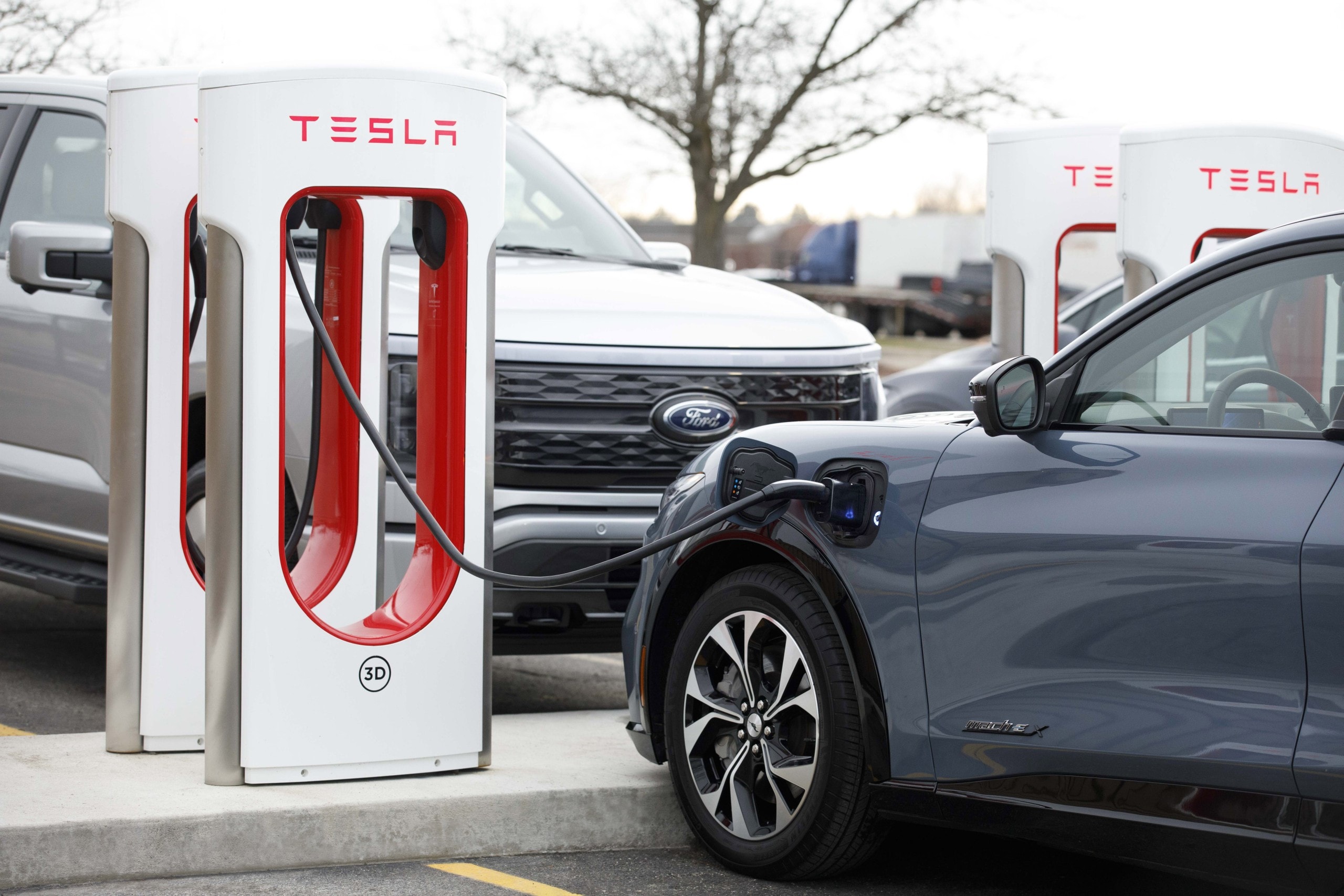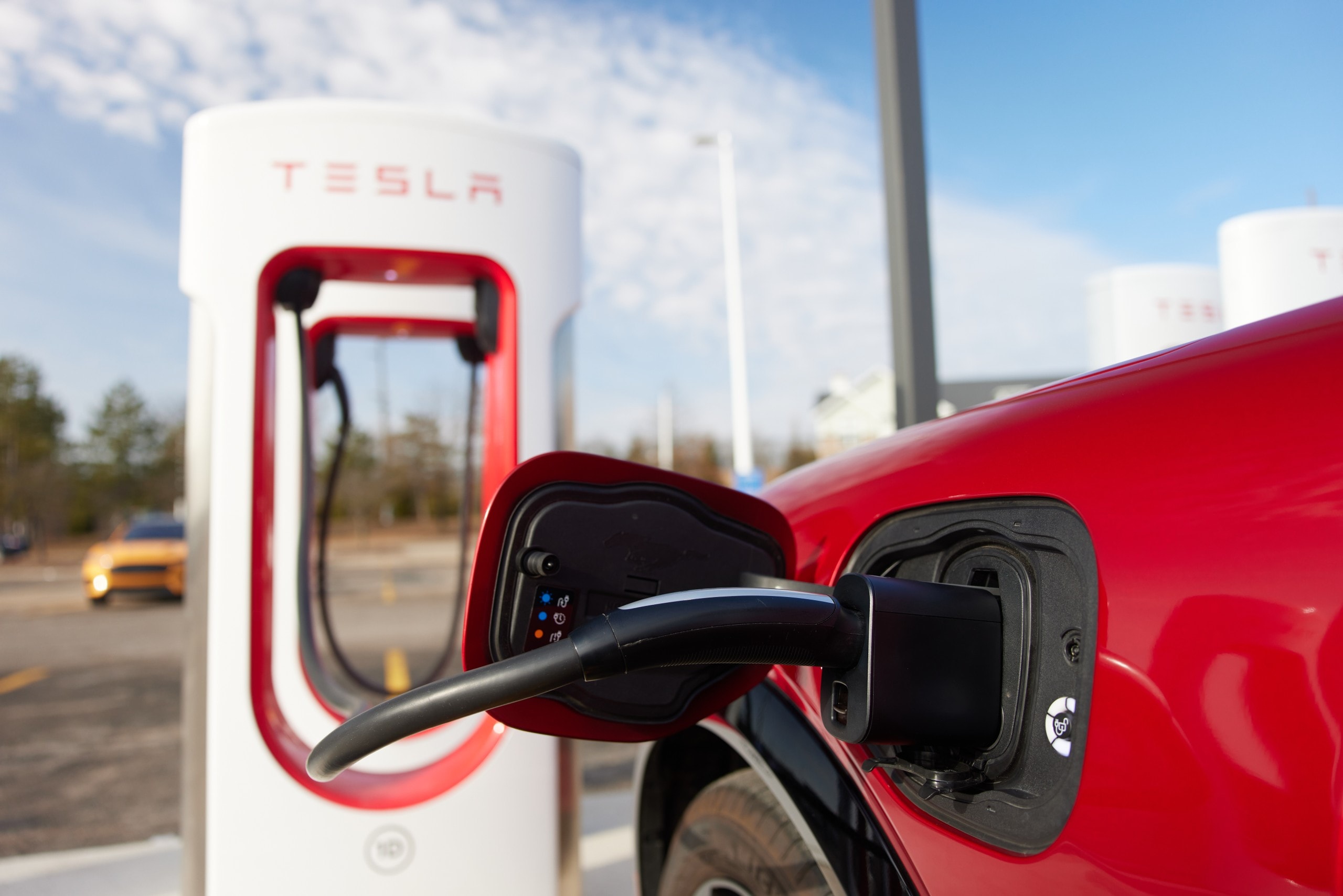Tesla’s Supercharger network, once the envy of the EV industry, has faced recent challenges. Despite disbanding the dedicated Supercharger team, the company has continued to expand its DC fast-charging infrastructure. However, the recent Supercharger voting results in North America have sparked controversy.
While the voting process has been lauded for its transparency and focus on regions with high Tesla ownership, it has not been without its flaws. In previous years, the voting has resulted in seemingly unexpected outcomes, such as a close contest between Romania and Hungary for European Superchargers. This year’s North American results have further highlighted the need for more equitable distribution of Superchargers, particularly in underserved areas.

The recent revelation of Tesla’s map of future charging stations has sparked controversy and confusion. Despite the January raffle closing in April without a clear winner, the results have only now been revealed, not through an official announcement but rather through the updated map. However, discrepancies between the initial votes and the marked locations have raised questions about the fairness and transparency of the process.
According to reports, the leaderboard for the North American voting session was dominated by Canadian locations, with the first US city, Brent, Florida, only appearing in the eighth position. Yet, when the map was updated, only two new stations were marked for Canada: Lake Louise, Alberta, and Saint-Saveur, Quebec.
Meanwhile, eight other new locations in North America were all in the US. To add to the confusion, the Lake Louise Supercharger, which was not even part of the voting process, was included on the map. Tesla has a history of building more stations than those directly resulting from votes, but this discrepancy has raised concerns about the selection criteria.

Similar discrepancies have been reported in Europe. The first five positions in the European voting session did not receive new Superchargers, while the sixth-place nominee was selected. This has led to further speculation about the voting process and Tesla’s decision making regarding charging station locations.
While the North American and Asia Pacific voting locations are expected to be announced soon, the lack of transparency and the inconsistencies between votes and results have left many Tesla owners and enthusiasts feeling frustrated and disillusioned.

